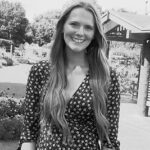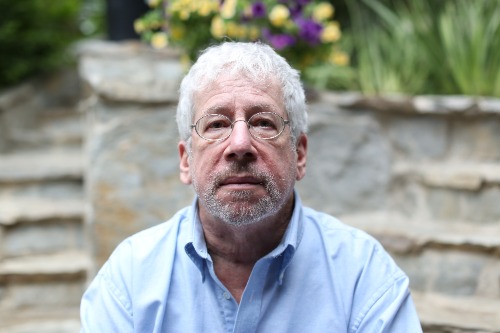
In commemoration of the 20th anniversary of the 2004 Indian Ocean tsunami, Innovation & Tech Today spoke with Barry Hirshorn, the lead seismologist featured in National Geographic’s highly anticipated docuseries Tsunami: Race Against Time.
Premiering Nov. 24, the series delves into the catastrophic event that claimed 230,000 lives across 14 countries, showcasing gripping survivor accounts, groundbreaking research, and never-before-seen footage. Hirshorn, who faced the daunting task of analyzing seismic data during the crisis, shared his reflections on that harrowing day, the evolution of tsunami prediction technology, and how advancements over the past two decades have transformed disaster preparedness.
Innovation & Tech Today: Can you tell us how the technology for predicting tsunamis has changed since 2004?
Barry Hirshorn: So much has changed. Everything from the technology involved in communications to getting the information scientists need, like seismic data. All of the instruments have been revolutionized. It’s faster, more efficient, and more accurate. The seismometers are much, much, much better. There are many, many more seismometers. The seismometers themselves are very high-tech. They are all over the globe. There might be a couple thousand or more.
Another big revolution has been high-rate GPS or GNSS. And high-rate, meaning, they are being sampled at a much higher rate. They can show dynamic earthquakes now.
Of course, the internet’s exploded, and so communications and notification methods are highly improved. Emergency managers tap into those and have access to graphical displays.
Another thing that’s happened is earthquake early warning. We’re taking advantage of the speed of electromagnetic radiation, light, and radio waves. You can notify a population center prior to the seismic waves arriving there.
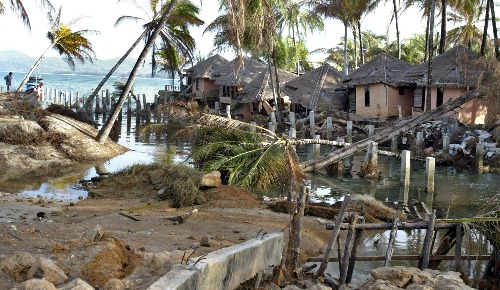
For tsunami warnings, the models are better. They’re running on much better computers. The tools that the warning center folks have to evaluate what’s going on are much more accurate and faster so that we can now concentrate on the closer populations to the earthquake that might make the tsunami to potentially save a lot more lives.
I&T Today: What do you think is the most important technology now used to study tsunamis?
Hirshorn: There are many of them working together. I’m behind the science and technology of earthquakes as it’s occurring and determine their potential to create a tsunami.
While we do have these very rare catastrophic events like 2004 that killed many people, most of the time, when you get a large tsunami, that’s not the case. And without fail, the people closest to the earthquake get the worst tsunamis, even from smaller events. So, being able to focus on them with the rapid characterization of the earthquake is very important.
I also think communication technology and earthquake early warning are extremely valuable.
I&T Today: In the series, viewers see the event unfold through the eyes of survivors and scientists. What was it like revisiting those moments for this project?
Hirshorn: For me, there was sort of a big frustration because it was in the wrong ocean. We had no tools, so to speak. We had access to no water level instruments and access to no data. In addition to that, we were missing all three elements of a successful system, which include the tsunami warning center, data collected to make the call on what’s going on, and the civil defense points of contact that you have to coordinate with in advance, which warn the populations. It’s sort of the third leg of the stool. You need all three legs.
So, there was just intense frustration on any of those things. Being in the wrong ocean and flying blind. And so we picked a lot of our information up in the media and got one gut punch after the other as we realized that this thing was bigger and more destructive. The series shows we get particularly informative information that demonstrated to us how bad this was, and it consistently kept getting worse and worse than expected. But one thing I like to emphasize is we, the two of us on duty and then eventually three of us on duty, focused on what we could learn about the earthquake and its potential for harming folks who had not yet been impacted by the wave. We were just trying to push all the other motions out of our way that could complicate that process.
I sat on the floor because it was so devastating. But that’s not going to help the next people in line to get nailed. So, I was just trying my best to concentrate, calm down, and focus on whatever we did know and who we could contact.
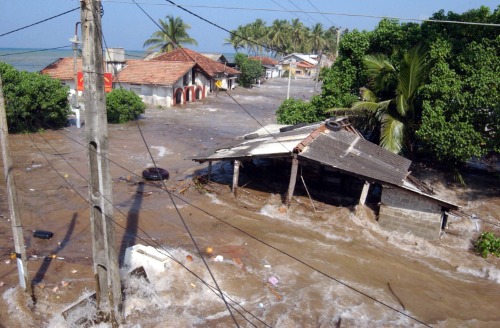
I&T Today: Given today’s technological capabilities, how would our response differ if a similar event occurred now?
Hirshorn: It’s going to be faster and much more accurate. We have the data now. There are hundreds of seismometers now, hundreds of water-level instruments. All those things I mentioned are now in place there.
So, as an example, instead of waiting hours and hours to know the earthquake really was 9+, we would know that in less than 20 minutes. Knowing that this thing was going to be an ocean-crossing disaster, today we would know hours and hours and hours earlier. How early? We don’t know. We keep pushing that line. The point is to keep pushing it closer and closer.
I&T Today: What would you say are the most valuable lessons you and the scientific community have learned in the past 20 years when it comes to preparing for natural disasters?
Hirshorn: Well, I would say two things. One is you need to have the same things you’d need for other disasters— have a go bag. Have what you essentially need to survive for perhaps a week.
The other specific message I think that is particularly important for this hazard is to prepare and look for warning signs. If you have a cell phone and you’re subscribing to an earthquake early warning system, you would be able to get a page and be aware of something happening before feeling the Earth shaking. If you’re not that far away from it and you’re near the water, that’s a very good time to sort of hit inland.
And when the shaking hits, duck and cover and then continue hitting inland.
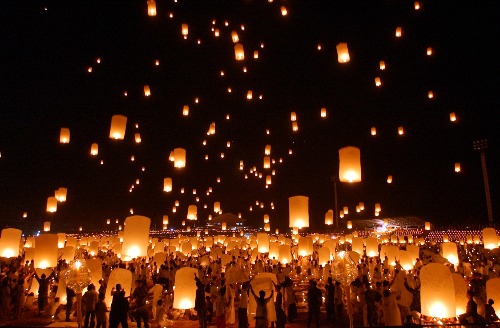
I think those are the most valuable lessons. There’s always the discussion of the accuracy, and maybe it’s not bad this time. But, I mean, my attitude is, I’ll skip that day at the gym, and I just got my walk for four miles going uphill. If I hear on my phone that there is nothing, I go back, and that’s fine. I’ll just do it for each of those times I feel the shaking because it’s going to make a difference at one point probably. Worry less about false alarms and more about guarding something horrible.
I&T Today: Is there a particular message or hope you’d like audiences to take away from Tsunami: Race Against Time?
Hirshorn: Take the ground shaking as your warning if you’re near the coast and move to higher ground. That is the most important.
Catch Tsunami: Race Against Time on Nov. 24 on National Geographic. Streaming to follow on Hulu and Disney+.




